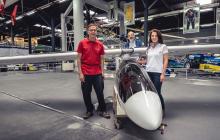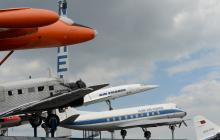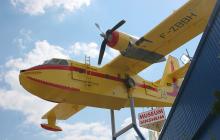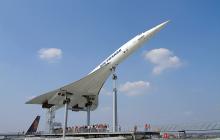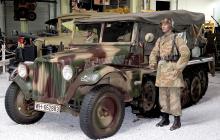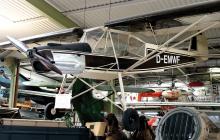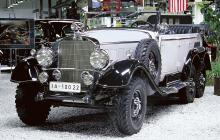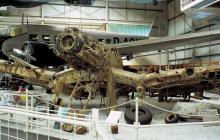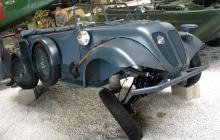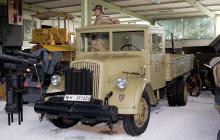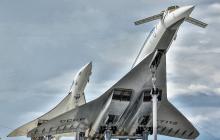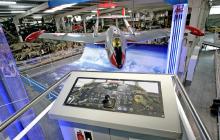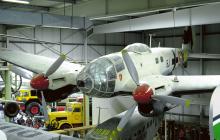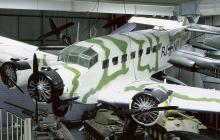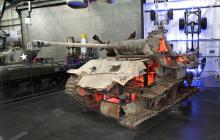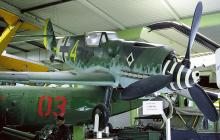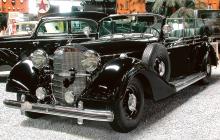Junkers Ju-88
No other airforce pursued the concept of pinpoint aimed tactical action with the persistence displayed by the German army. The advantages of a strategy like this appear obvious. Strategic blanket coverage bombing requires huge, sophisticated airplanes and an enormous investment of material for a comparatively moderate efficiency result. Tactical action, on the other hand, can be highly effective even with a relatively small quantity of material, however, and this is the great disadvantage, in a closely confined field of operation only. The lightning victories right after the beginning of the war and the lost Battle of Britain showed what could be accomplished by the German airforce in WWII, and what could not.
Initially, the Ju-88 had been designed as a medium horizontal flight bomber. The first prototype took off on December 23, 1936. Thereafter, the plane underwent extensive modifications to turn it into a dive bomber. Series production started in 1938. In the following years the Ju-88 proved to be a successful design, which could be used as a bomber, a long-distance reconnaissance plane and as a night fighter. About 15,000 specimens were built altogether. But few are still existing today. The museum's exhibit was salvaged from a lake in Sweden in 1986.
Technical Data:
Production Period: 1936 - 1945; Wing Span: 20,00 m; Engine: 2 x Jumo 211-J in-line engine with 1,410 hp each; Maximum Speed: 470 km/h; Bomb Load: 3,000 kg; Total Production: appr. 15,000; Take-off Weight: 14,000 kg

